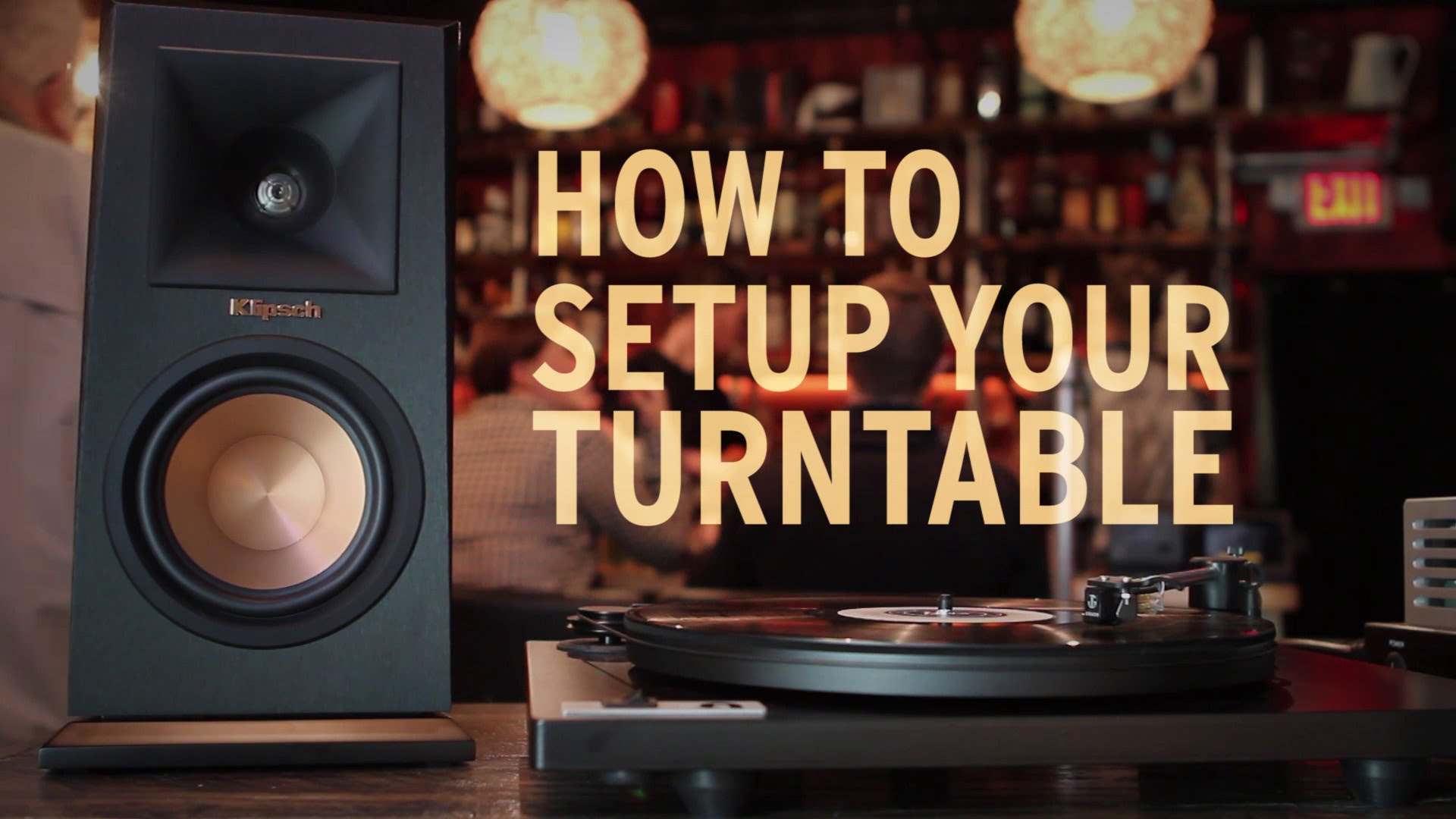
This is especially critical if your speakers are capable of producing deep bass. When positioning your speakers, place them on a separate surface to avoid passing the vibrations to your turntable. You can also use a turntable mat or a turntable isolation platform to keep vibration at bay and minimize unwanted acoustic feedback. Related: 9 Best Turntables For Scratching If your turntable uses either and still produces vibrations, you might want to incorporate isolation feet if your record player doesn’t already have them. Some record players have built-in suspensions to counteract unwanted vibrations, while others use their own mass to keep the turntable as sturdy as possible. You also need to make sure the record player doesn’t produce internal vibrations.

On a flat surface, the record player will be less inclined to pick up vibrations from external components. Place your turntable on a flat, even surface to prevent tracking issues and tonearm friction when playing your records.
#TURNTABLE SETUP HOW TO#
Now that we’ve discussed the primary components of a turntable setup, here’s how to use them together: Step 1: Place Your Turntable On a Solid Surface How to Set Up Turntable Amp and Speakers: A Step-by-Step Guide They take line-level signals from the audio source and amplify them internally, so they don’t require an external amp. They’re connected through a speaker wire to the amplifier.Īctive speaker systems, on the other hand, are equipped with a built-in amplifier. The amp receives the audio from the phono preamp and the preamp boosts it to detectable levels before sending it to the speakers. Passive speakers don’t have their own built-in amplifier, so they’re powered through a separate amp like an A/V receiver. Speakers come in two different options: passive and powered. These signals produce the sound you actually hear from the speakers.

#TURNTABLE SETUP DRIVER#
The high-end frequencies produced by the amplifier travel to the speaker’s tweeter, and the low-end frequencies move to its bass driver and mid-range.

To start playing music from your turntable, it needs to be connected to a speaker. Without an amplifier, you won’t be able to hear the music produced by your turntable. If not, you’ll have to connect the preamp to the amplifier first. If you have an integrated amp, you can hook up your turntable directly into the phono input at the back. The amplifier amplifies the phono preamp’s weak signal and transfers it to the speakers. If your turntable doesn’t have a phono preamp already built-in, you’ll need to invest in a separate preamp stage or an amplifier that includes its own. Others, like the Rega Planar 1 and Planar 2, don’t. Some turntables, like the Audio-Technica AT-LP60X and the Sony PS-LX310BT, come with a built-in phono preamp. If you use your turntable without a phono stage, it’ll produce a reedy, thin, sound that’s so quiet it’s unlistenable. It equalizes or balances the signal so the sounds produced by the turntable system stay as true-to-original as possible. To boost these signals to usable levels, you need a phono preamp.Ī phono preamp, also known as a phono preamplifier, converts the phono output signal that your cartridge produces into an AUX or line-level signal. Phono signals produced by record players are a thousand times lower than the signals coming from a CD player or a streaming device. Generally, though, a standard turntable system is made up of three components apart from the turntable itself: a phono preamp, an amplifier, and speakers. Your turntable setup is largely dependent on the physical space you have in your setup, the system’s integration with other audio components, the type of music you’re looking for, and your budget. If your turntable doesn’t come with a built-in preamp, you’ll either need to invest in a separate preamp device or an amp with a built-in preamp. To set up your turntable amp and speakers, you’ll first need to connect the amp via RCA cables to your turntables.

Setting Up a Turntable System: A Brief Overview
#TURNTABLE SETUP BLUETOOTH#


 0 kommentar(er)
0 kommentar(er)
